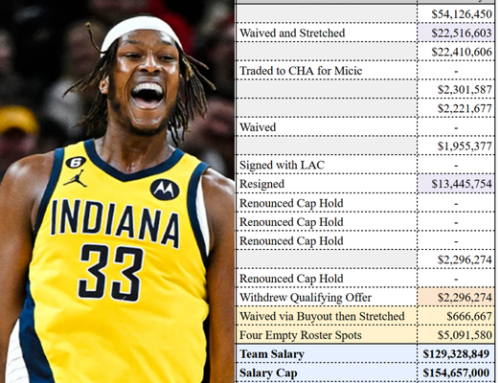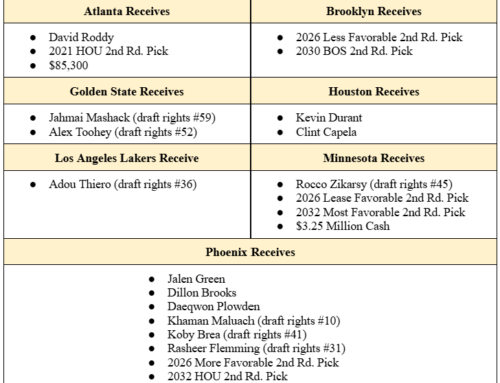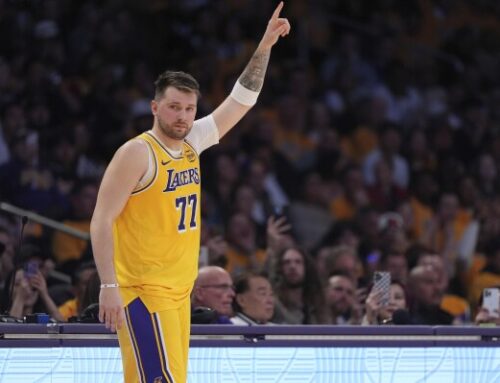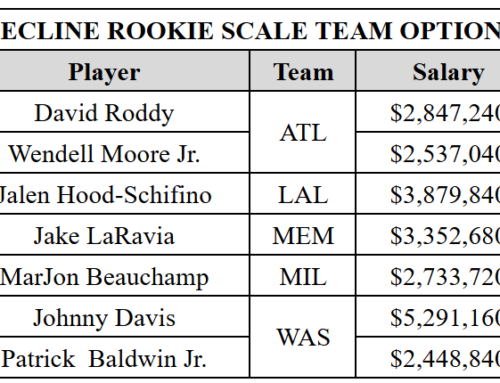Colin Maher, Salary Cap Strategist and Contributor to No Trade Clause
Introduction
Offseason trades are considered easier to make because your team’s success is static. You’re not viewing your team through the ups and downs of the regular season or working through unforeseen injuries compared to in-season trades. However, finances remain a moving target as the offseason begins in the 2023-2024 season and turns over into the 2024-2025 season beginning on July 1st. This can have many implications, one of them being trade salary calculations.
One aspect of a trade that is often overlooked is the calculation of trade bonuses before the new salary cap year and once July 1st starts the new salary cap year.
Trade Bonus Background
A brief note on how trade bonuses work:
- It is the sending team that pays the trade bonus, but it is only the acquiring team that includes the trade bonus as incoming trade salary and team salary. Therefore, the acquiring team must send out enough outgoing salary to satisfy the applicable trade exception while fitting under the necessary apron.
- The bonus is most commonly calculated as a percentage of the Player’s contract. Specifically, and important for this article, the percentage based on the amount remaining to be earned from the contract.¹
- For incoming trade salary (and Team Salary) purposes, the total amount calculated is then prorated over the then-current cap year and future salary cap years (not including options) in proportion to guaranteed salary in each year.
Trade Bonuses in June vs. July
Because the season has already been played-and fully earned-in June, there is nothing left to earn in the 2023-2024 season. Therefore, the amount “remaining to be earned” does not change whether the player is traded in June or July. Therefore, the player’s total trade bonus does not change.
However, because the trade bonus is prorated over the then-current salary cap year at the time of the trade, you would include the 2023-2024 season if the trade were to be made in June, while the total trade bonus would be distributed over one less season if the trade is made in July.
Time to review some real numbers.
Let’s pull a player having been discussed-whether baseless or not-as a trade possibility with a trade bonus in his contract. Because Brandon Ingram only has one season left on his contract, his trade bonus can either be split between the 2023-2024 and 2024-2025 seasons if traded in June, or the entire trade bonus will be applied to the 2024-2025 season. In other words, in terms of incoming trade salary, his trade bonus will double if the trade is made in July.

Seeing the Difference Through the Lens of the New CBA
You might think with today’s NBA contracts, a $2.7 million difference is not significant. But the more stringent trade rules under the new CBA make every incoming trade dollar more difficult. When the new CBA was first enacted, teams over the First Apron could not exceed 110% in incoming trade salary under the “Transition Trade Exception.” Since the regular season ended, the Transition Trade Exception has ended, and First Apron teams would now have to match either the $2.7 or $5.4 million trade bonus dollar for dollar (unless waived, as discussed below).
For teams over the Second Apron, you have the same issue, only you don’t have the luxury to aggregate contracts (i.e. putting together multiple small salaries to acquire that large contract). This makes trading for the midsize and larger contracts difficult, if not impossible.
“Waiving” Goodbye to Your Current Team
One way around this issue is a waiver. If the player is so inclined to play for the team acquiring him, he can waive all or a part of his trade bonus to make the trade work (see James Harden’s trade last season for an example of waiving the perfect amount to allow for the trade). Ingram’s $5.4 million trade bonus can be totally eliminated as an issue for the acquiring team if he so badly wants to play there.
Tax Day Calculations
One final note on trade date considerations are a team’s tax liabilities. The league takes a “snapshot” of each team’s salary on the last day of the regular season to determine their tax liability. However, one adjustment to the snapshot is trade bonuses added to team salary for trades executed after the regular season.
While a team may want to execute a trade in June to lower incoming trade salary (and future team salary), if the trade bonus would subject a team to tax liabilities or increase their tax bill, it may not be worth it for the owner.
Conclusion
The difficulty of executing a trade in general makes this wrinkle a potential afterthought for teams when proposing potential trades. But if teams know that the margin to fit into those exceptions in a mutually acceptable trade is razor thin (and the player won’t waive his bonus), considering making that trade before the new salary cap year might help to complete the trade.
¹Percentage cannot exceed 15% to be earned, and it can never exceed the Player’s allowed maximum salary. Player’s can also have a flat trade bonus amount, or a mix of the two (e.g. the lesser of a percentage and a flat amount).
